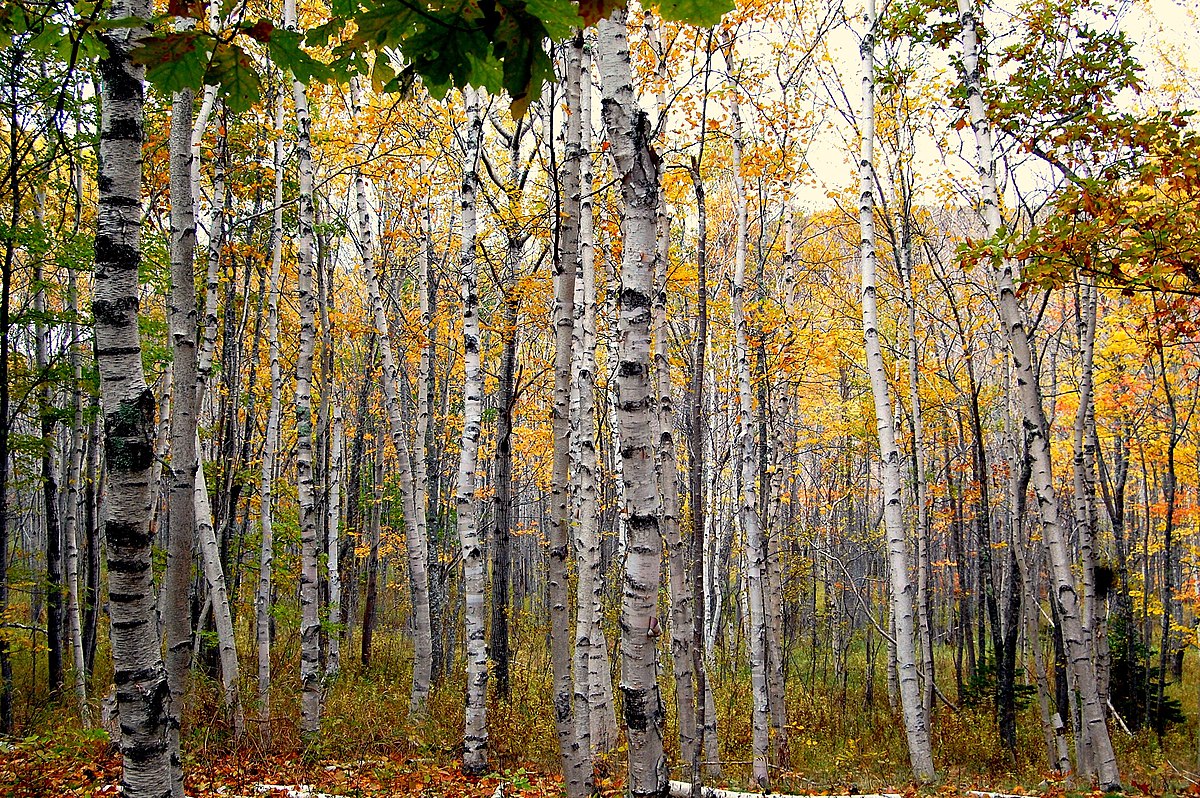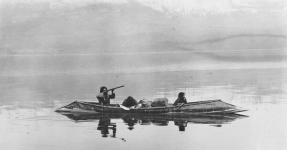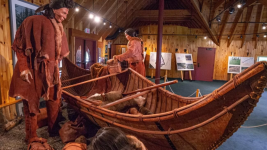- Joined
- Oct 14, 2024
- Messages
- 6
- Reaction score
- 6
Hi Everyone,
This is probably an unusual introduction, as I’m not someone who’s out in a canoe very often! I looked for a better place to post this than Introductions, but didn’t find one (Admins, feel free to move it if needed).
My name is Chris, and I live on Vancouver Island in BC, Canada. I’m writing a fantasy novel set in a world very similar to the Pacific Northwest, focused on a river delta with many distributaries and lakes. The key detail is that people in this world primarily travel by canoe—it’s their main mode of transportation.
I’m hoping members of this forum might have relevant experiences I could incorporate into the book. I want to avoid writing anything that makes seasoned canoeists roll their eyes and think, "That’s not how it works!" I also want to capture the feel of certain experiences: what goes through your mind, what physical sensations you have, and so on. If this sounds interesting, and you enjoy reading fantasy, I’d be thrilled if anyone would be willing to read some canoe-focused chapters and offer advice (just the chapters, no need to read the whole book!).
The technology in the novel is typical of most fantasy worlds. No plastic, fibreglass, etc. For the canoes, they’re either birch bark canoes or made from “star tree bark,” which I’ve invented to be incredibly light and durable—kind of a "cheat" to make them closer to modern canoes.
Some specific experiences I’m interested in (help with even one would be great!):
I hope this post isn’t a nuisance to your forum, and I really appreciate any feedback!
This is probably an unusual introduction, as I’m not someone who’s out in a canoe very often! I looked for a better place to post this than Introductions, but didn’t find one (Admins, feel free to move it if needed).
My name is Chris, and I live on Vancouver Island in BC, Canada. I’m writing a fantasy novel set in a world very similar to the Pacific Northwest, focused on a river delta with many distributaries and lakes. The key detail is that people in this world primarily travel by canoe—it’s their main mode of transportation.
I’m hoping members of this forum might have relevant experiences I could incorporate into the book. I want to avoid writing anything that makes seasoned canoeists roll their eyes and think, "That’s not how it works!" I also want to capture the feel of certain experiences: what goes through your mind, what physical sensations you have, and so on. If this sounds interesting, and you enjoy reading fantasy, I’d be thrilled if anyone would be willing to read some canoe-focused chapters and offer advice (just the chapters, no need to read the whole book!).
The technology in the novel is typical of most fantasy worlds. No plastic, fibreglass, etc. For the canoes, they’re either birch bark canoes or made from “star tree bark,” which I’ve invented to be incredibly light and durable—kind of a "cheat" to make them closer to modern canoes.
Some specific experiences I’m interested in (help with even one would be great!):
- Popular misconceptions about paddling and traveling by canoe (so I can avoid them).
- What does it feel like to paddle for a very long time? Where do you get sore?
- Important lessons you learned from a mentor about paddling (there’s an apprentice/mentor relationship in the novel).
- What’s it like to have too many people in a small canoe (e.g., three people in a solo canoe)? How do you compensate?
- Emergency situations: capsizing with a weak/injured swimmer and trying to right the canoe and get them back inside safely (when swimming to shore isn’t an option).
- Canoeing in very heavy rain.
- What would you do if a hole is suddenly punched in the hull, and you can’t go ashore right away?
- How hard is it to paddle upstream in a fairly wide, slow-moving river?
- Boarding a canoe quickly (e.g., a life-or-death situation where getting on the water fast is essential).
- What’s it like paddling in a birch bark canoe?
- If you paddle in BC or Washington, what flora/fauna do you commonly encounter that stands out (looks cool, gets in the way, etc.)?
I hope this post isn’t a nuisance to your forum, and I really appreciate any feedback!



